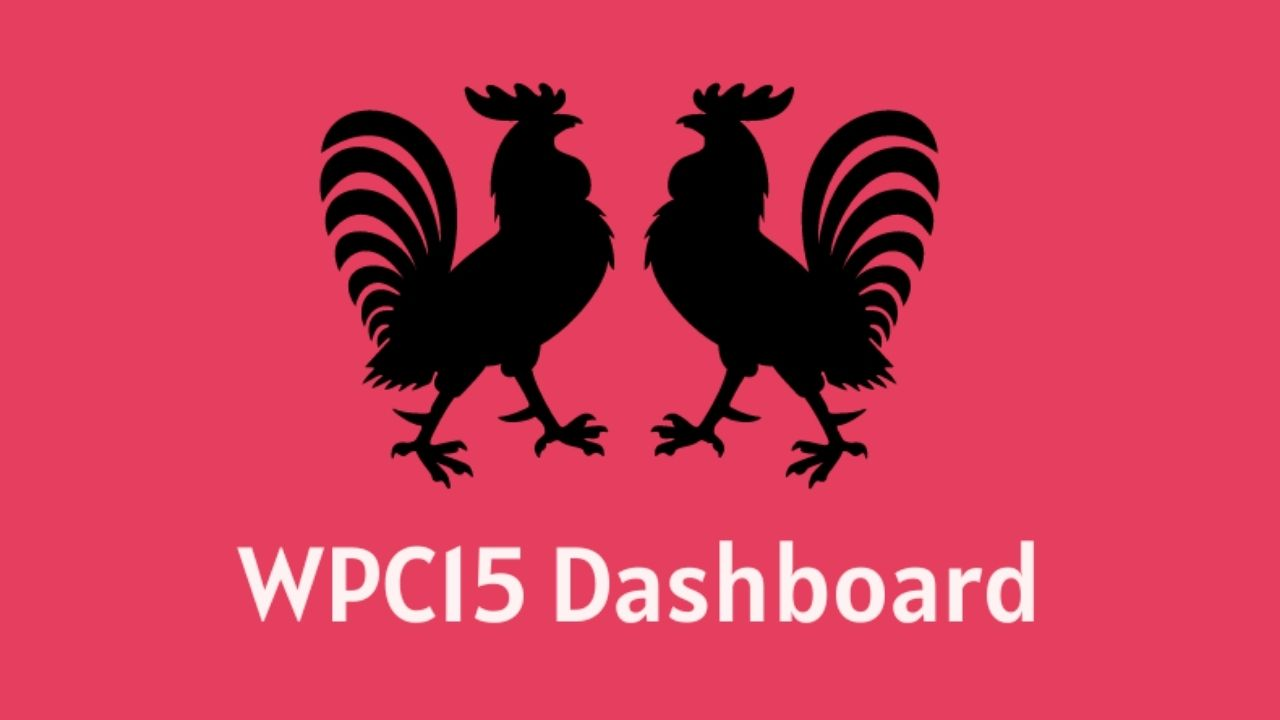In today’s data-driven world, the ability to analyze and interpret data effectively is vital for business success. The WPC15 Dashboard has emerge
In today’s data-driven world, the ability to analyze and interpret data effectively is vital for business success. The WPC15 Dashboard has emerged as a comprehensive solution for organizations looking to visualize key data points clearly and efficiently. This dashboard enables users to monitor critical metrics in real time, improving decision-making and operational transparency.
This article delves into the features, advantages, and common uses of the WPC15 Dashboard, followed by a detailed FAQ section to help you understand its capabilities and how it can benefit your business.
Must visit: swiftnewsnow

What is the WPC15 Dashboard?
The WPC15 Dashboard is a data visualization platform designed to consolidate multiple data streams into a single, intuitive interface. It allows users to create customized visual reports, track KPIs, and analyze trends without needing advanced technical expertise.
By offering real-time data access and dynamic reporting, the WPC15 Dashboard helps teams stay informed, identify issues promptly, and align efforts toward common goals.
Key Features of the WPC15 Dashboard
1. Multi-Source Data Integration
The dashboard connects effortlessly to various data sources, including databases, cloud services, spreadsheets, and enterprise applications. This integration ensures that users have a comprehensive and up-to-date overview of their data.
2. Customizable Visualization Tools
WPC15 offers a broad range of visualization options such as pie charts, line graphs, tables, heatmaps, and gauges. Users can select and arrange these tools to best represent their data and objectives.
3. User-Friendly Interface
The drag-and-drop dashboard builder makes creating and modifying dashboards simple and efficient, even for users without coding skills.
4. Real-Time Data Refresh
Automatic updates ensure that displayed information reflects the latest data, which is critical for timely decision-making.
5. Alerts and Notifications
Users can configure alerts based on specific criteria to receive instant notifications about important changes or anomalies.
6. Role-Based Access Controls
Security is maintained by assigning different access levels to users, allowing control over who can view or edit sensitive information.
7. Mobile Accessibility
The dashboard is optimized for use on mobile devices, enabling users to stay connected and monitor performance from anywhere.
Benefits of Using the WPC15 Dashboard
Improved Decision-Making
With real-time, visual insights, businesses can make faster and more informed decisions, reducing risk and maximizing opportunities.
Enhanced Team Collaboration
Shared dashboards ensure that all stakeholders have access to consistent data, promoting transparency and collaboration.
Time Savings
Automated data aggregation and visualization eliminate manual report creation, freeing up valuable time for strategic tasks.
Increased Accountability
Visible KPIs help hold team members accountable for their performance and progress toward goals.
Scalability
The platform can accommodate growing data volumes and user numbers, adapting to the needs of businesses of all sizes.
Common Business Applications
- Project Management: Track deadlines, milestones, budgets, and resource allocation in one place.
- Sales Performance: Monitor sales pipelines, conversion rates, and revenue targets.
- Marketing Analytics: Analyze campaign performance, website traffic, and customer engagement.
- Financial Monitoring: Keep an eye on budgets, expenditures, profit margins, and cash flows.
- Operations: Oversee supply chain metrics, inventory status, and production efficiency.
- Customer Support: Evaluate ticket resolution times, customer satisfaction, and support team workload.
Getting Started with WPC15 Dashboard
Step 1: Identify Key Metrics
Start by selecting the most important KPIs for your business objectives. Clarity here will ensure your dashboard remains focused and actionable.
Step 2: Connect Your Data
Integrate your various data sources using the dashboard’s connectors, ensuring smooth and accurate data flow.
Step 3: Customize Your Layout
Use the drag-and-drop tools to build a dashboard layout that highlights your selected KPIs effectively.
Step 4: Set User Roles and Alerts
Define access permissions and set alerts to keep the right people informed of critical changes.
Step 5: Monitor and Optimize
Regularly review your dashboard and update it to reflect changing business priorities or new data sources.
Frequently Asked Questions (FAQs)
Q1: Do I need technical skills to use the WPC15 Dashboard?
No. The platform is designed for ease of use, allowing non-technical users to build and manage dashboards without coding.
Q2: What data sources are compatible?
It supports databases (SQL, NoSQL), cloud platforms (AWS, Azure), spreadsheets, CRM systems, and more.
Q3: Can multiple users collaborate?
Yes, the dashboard supports multi-user access with customizable permissions for collaboration.
Q4: How secure is the data?
Security features include encryption, secure logins, and role-based access to protect sensitive information.
Q5: Is the dashboard mobile-friendly?
Yes, it is fully responsive and accessible on smartphones and tablets.
Q6: Can I export data or reports?
Yes, you can export dashboards and reports in formats like PDF, Excel, or CSV.
Q7: Are real-time updates available?
Yes, the dashboard supports real-time or scheduled data refreshes based on your needs.
Q8: Are there any pre-built templates?
Yes, numerous templates are available to help you quickly create industry-specific dashboards.
Q9: Can I set alerts for specific KPIs?
Absolutely. You can configure automated alerts for critical metrics.
Q10: What industries commonly use the WPC15 Dashboard?
It is widely used across finance, marketing, healthcare, manufacturing, IT, and more.
Conclusion
The WPC15 Dashboard offers a powerful yet accessible way to harness the potential of your data. By consolidating multiple data sources into one dynamic interface, it helps businesses gain deeper insights, streamline operations, and improve decision-making.
Its ease of use, real-time capabilities, and security features make it suitable for organizations of all sizes and industries. Whether tracking sales, monitoring projects, or analyzing financial data, the WPC15 Dashboard provides the tools needed to turn data into actionable intelligence.
Adopting the WPC15 Dashboard can lead to more agile business practices, better collaboration, and a stronger focus on achieving your strategic objectives.




COMMENTS